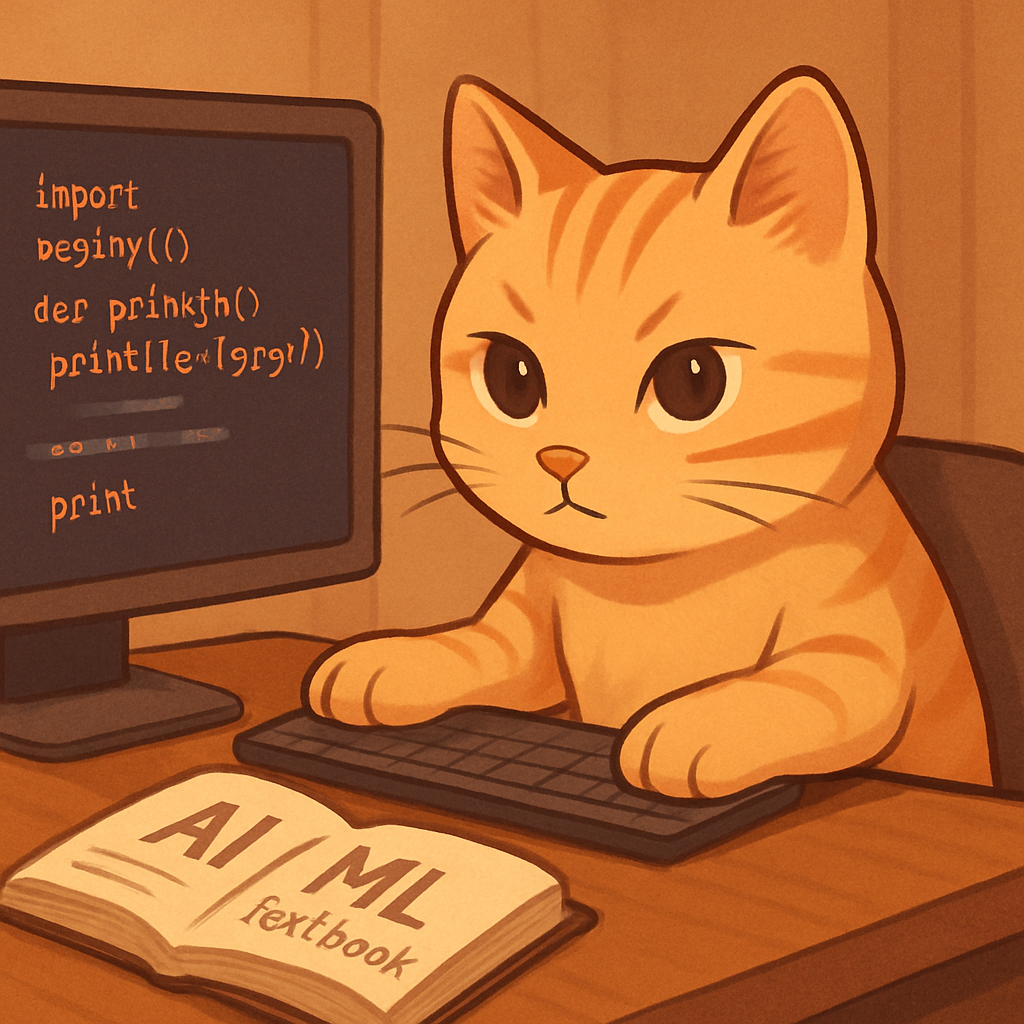Python Lists and Strings Practice
Why I studied this
I’m learning Python and I wanted to get better at using lists and strings.
These are basic but really important in many programs, so I tried different ways to use them.
What I did
Making and checking a list
words = ["red", "green", "blue"]
print(words[0])
print(words[1])
print(words[2])
This is how I made a list and printed each item by using index numbers.
Adding new items and checking the list
words.append("black")
words.append("cyan")
print(words)
print(len(words))
print(words.count("red"))
print(words.index("red"))
I used append() to add new items.
len() shows the number of items.
count() tells how many times something appears.
index() gives the position of the item.
Checking if something is in the list
if "yellow" in words:
print(words.index("yellow"))
else:
print("yellow not found")
This checks if “yellow” is in the list.
If it is, it prints the index. If not, it says it’s not there.
Reversing the list
print(words[::-1])
This line shows how to print the list in reverse order using slicing.
Lists can change, strings can’t
words[0] = "white"
s = "white"
s = s.replace("w", "W")
s2 = "W" + s[1:]
You can change lists easily, but strings are different.
You have to make a new string to “change” something.
Turning lists into strings and back
words.extend(["brown", "violet", "purple", "magenta"])
s = ", ".join(words)
words2 = s.split(", ")
This turns a list into a string and then back into a list using join() and split().
Slicing a number list
numbers = [1,2,3,4,5,6,7,8,9,10]
print(numbers[0::2]) # Even positions
print(numbers[1::2]) # Odd positions
This prints every second number starting from index 0 or 1.
Making empty lists and adding stuff
names = []
names.append("John")
names.append("Alex")
names.append("Sarah")
names2 = list()
names2.append("Rose")
names2.append("Lily")
names2.append("Daisy")
You can make empty lists using [] or list() and then add items with append().
What I learned
I practiced how to use lists and strings in different ways.
Now I understand slicing, appending, joining, and changing things better.
I also learned that strings are not like lists because they can’t be changed directly.
What I want to do next
Next time I want to try using sets and dictionaries.
I also want to try making small projects that use lists and strings together.
